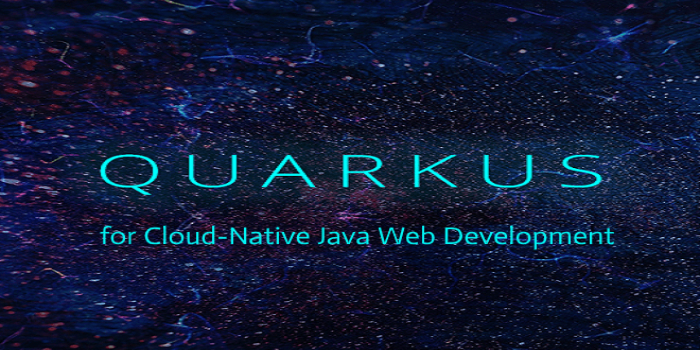
Quarkus Framework for Cloud-Native Java Web Development
Java is one of the best coding languages out there. Most developers would agree with this statement without even the slightest amount of scepticism. Java is, however, not usually the go-to platform when it comes to cloud-native development. With the widespread popularity of Java development services, developers have long tried to overcome this. Now the open-source development project Quarkus has launched a new Kubernetes-native framework from Java libraries and standards.
Quarkus aims to make Java a leading development platform in Kubernetes and other serverless environments. The open-source project also intends to create a unified programming model to introduce a comprehensive model of distributed application architectures. Such architectures would be incredibly useful for Java web developers and boost their productivity.
Key Strengths of the Quarkus Framework
The most remarkable advantage of using Quarkus for Java development services is that it renders a full-stack platform. Developers can use a series of Java libraries, such as Eclipse MicroProfile for working on Quarkus. Besides, the dependency injection of Quarkus is based on CDI. It allows Java developers to JPA/Hibernate, JAX-RS/RESTEasy, and many other libraries.
Besides, the Quarkus also uses the powerful Java development kit GraalVM. It provides an ecosystem that supports ahead-of-time (AOT) at build time. That means Java experts can create native binaries using Java since Quarkus makes GraalVM usable. These capabilities enable the java development framework to create a Supersonic Subatomic Java development environment. This ecosystem has an incredibly small size and significantly faster boost time, making Java highly compatible with cloud-native development.
Boosting Coding Efficiency of Java Web Developers
The open-source Java cloud-native platform Quarkus reduces the diversity of developers’ tasks. It enables the developers to focus on crucial areas of app development like microservices. A focused approach is critical to Java mobile app development and similar types of programming based on Java. Quarkus is presently focused on RHELx86, which is a leading cloud-based platform. The framework aims to include other cloud frameworks as well.
With Quarkus, developers can compile everything using a binary executable. That’s the reason underlying machine architecture is important for the Java development framework. Red Hat, the developer of Quarkus, says the framework delivers impressive runtime efficiencies. For instance, Quarkus offers faster start-up with automatic scaling of microservices on containers and Kubernetes. Additionally, the low memory utilization feature of Quarkus help Java web developers to optimize container density in a microservices architecture.
Quarkus also enables live coding capabilities to Java developers. It allows the developers to write efficient codes, deploy them, refresh the browser, and repeat this process. When the framework receives an HTTP request, it holds the request and checks if any source of the application has been changed. If it detects any changes,
the framework complies the changed file and redeploy the application. Thus creating an efficient development environment.
Conclusion
The Quarkus open-source Java development framework changes the way Java applications are built. It makes the cloud-native environment very receptive and usable for Java-based programming. At Java India, we use all the advanced Java development tools to build enterprise solutions, mobile apps, and web applications. Follow our blogs to stay informed about the latest happenings in the world of Java.
FAQs

Q. What is meant by cloud-native application?
Cloud-native describes container-based environments. Cloud-native technologies are used to develop applications built with services packaged in containers. They are deployed as microservices and managed on elastic infrastructure through agile DevOps processes and continuous workflows.
Q. What is a Java Web application?
Java web applications are collections of dynamic resources like Servlets, JavaServer Pages, Java classes, etc. and static resources like HTML pages. A Java web application can be deployed as a web archive.
Q. How much does it cost to develop a Java application?
The costs of building a Java application vary widely, depending on your requirements. Your business type and goals also matter. If you need a simple solution with basic features, costs are comparatively lower. Java India offers Java development services at a competitive price.

